I’m from Lorrah in north Tipperary. Portumna in Co Galway is only about a kilometre from home.
The farm at home looks out onto Lough Derg at the front and the River Shannon at the back. That’s where I got the ‘lake view farm’ idea that’s in the book.
I’m a special education teacher in the national school in Terryglass, about 15 minutes away. I’m there four days a week and in Kilruane one day.
Teaching is about my third career. I did business studies and German in college first. I travelled for a while and I worked in human resources (HR).

Deirdre Dermody released her series of books with emphasis on helping children with learning difficulties like dyslexia. \ Michael Molamphy
Then I did a master’s in equalities studies, which links in nicely with special ed (education), trying to give everybody the best chance possible. Then I went back after a while and did teaching. I was a late vocation.
Farm books
I’ve written a series of children’s books, Farm Phonics. They’ve a particular emphasis on helping children with learning difficulties like dyslexia. The idea came from the fact that I couldn’t find similar books.
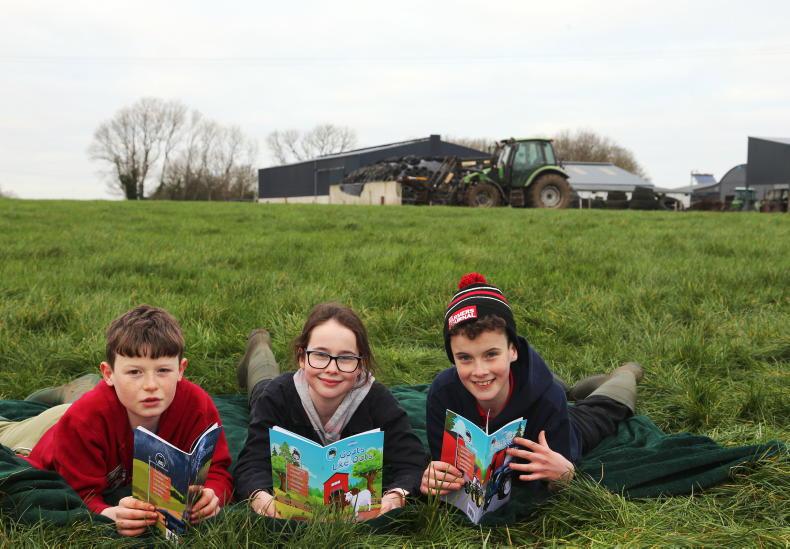
Conall Gantly, Maeve Quinn and Michael Quinn reading Farm Phonics. \ Michael Molamphy
In special ed I work with kids, who for them, reading isn’t the easiest thing in the world. They may have dyslexia and not been diagnosed. Terryglass is in the middle of the countryside and a lot of the kids are mad into farming.
My idea was to get them to read about something they like, so farming. I had a book creating app on my iPad. I used to take photos on the farm at home or I would take photos off the internet, write up a couple of lines underneath the picture and get the child to read it. That was the starting point about seven years ago.
It’s a whole different ballgame when children have reading material they like. If it’s something they’re interested in, you could actually have a child reading a book that’s a couple of levels higher, because they want to read it.
If it’s something that’s motivating for them, they’ll make all the effort in the world. I often think children with dyslexia are the hardest working kids, because they have to put in much more work in certain areas to get the same return their peers get.
Universal design
I never thought of actually turning these resources into books. I was always trying to buy books. I was looking online and you could either get Tractor Ted or you could get an encyclopaedia of farming, but nothing in-between.
When lockdown hit, I decided to have a go at writing the books myself. I self-published them and they’re available on the Shop in Ireland website.
Farm Phonics are not just for children with dyslexia, any child can read them and enjoy them. That’s the universal design for learning.
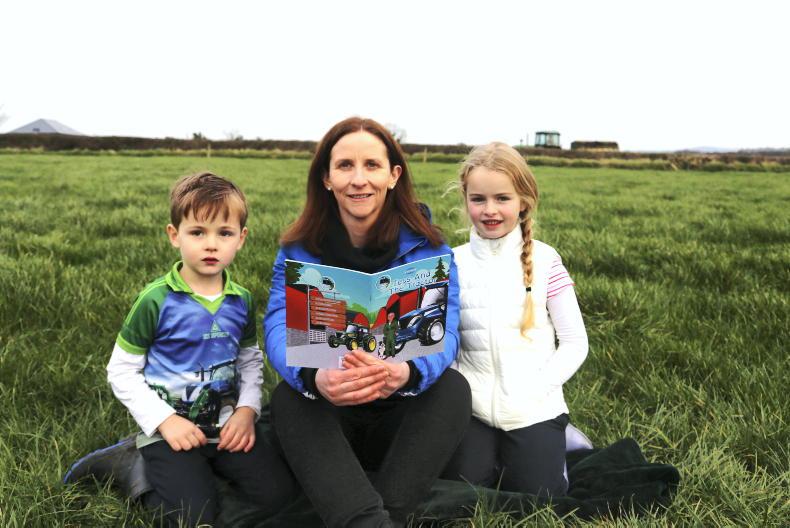
Adam Tierney, Deirdre Dermody and Emma Tierney. \ Michael Molamphy
For example, when you’re building a building, you put in a wheelchair ramp. Everyone can use the wheelchair ramp, whether you need it or not.
So you build the features into these books, so that everyone can read it, but it makes it easier for the person who needs those features.
I did a postgrad in special and inclusive education in St Pat’s and I also trained with the Dyslexia Association of Ireland (DAI). I used the research I learned about in doing my books, I made sure to utilise it.
The books are aimed roughly at children aged six to nine. That would be a six year old who’s loving reading, really enjoying it. But the aesthetic of the book is designed so that if a nine year old picks up one of these books, they’re not going to think, that’s too immature for me. It doesn’t look like a book for a younger child.
In the books, some of the letters in words are colour co-ordinated. For example in the word ‘goat’, ‘o’ and ‘a’ make the ‘a’ sound together. They’re in the same colour, so the child knows they go together.
The paper is cream. Black on white is one of the harder combinations to read. The paper has a low sheen on it. A sheen can often affect people’s reading. It’s ridiculous the amount of time I spent choosing the paper!
They’re just some of the features.
Early intervention
Early intervention is absolutely huge. You want to get a child into books as early as you can. If you have a child in senior infants that can read, they will read for pleasure. Whereas another child might find reading real challenging, so they will barely read the homework they’re assigned.
The gulf starts to widen. The child then doesn’t enjoy reading and starts to think, I’m not good at this. Then their confidence gets affected, as soon as their confidence gets affected, it’s a whole different kettle of fish.
It starts a dislike of books, not being happy in school and then feeling down on themselves. We want to avoid that. I often think with our education system, we spend an awful lot of time fishing children out of the river, where we shouldn’t let them fall in.
Children don’t tend to get diagnosed with dyslexia until maybe second class. I would prefer to work with children in senior infants, so by the time you get to second class, you don’t really need that much help anymore. By third or fourth they mightn’t need help at all.
Read more
My Country Living: from the farm to fine dining and fermentation
Stick making in Wexford with Pat Walsh
I’m from Lorrah in north Tipperary. Portumna in Co Galway is only about a kilometre from home.
The farm at home looks out onto Lough Derg at the front and the River Shannon at the back. That’s where I got the ‘lake view farm’ idea that’s in the book.
I’m a special education teacher in the national school in Terryglass, about 15 minutes away. I’m there four days a week and in Kilruane one day.
Teaching is about my third career. I did business studies and German in college first. I travelled for a while and I worked in human resources (HR).

Deirdre Dermody released her series of books with emphasis on helping children with learning difficulties like dyslexia. \ Michael Molamphy
Then I did a master’s in equalities studies, which links in nicely with special ed (education), trying to give everybody the best chance possible. Then I went back after a while and did teaching. I was a late vocation.
Farm books
I’ve written a series of children’s books, Farm Phonics. They’ve a particular emphasis on helping children with learning difficulties like dyslexia. The idea came from the fact that I couldn’t find similar books.

Conall Gantly, Maeve Quinn and Michael Quinn reading Farm Phonics. \ Michael Molamphy
In special ed I work with kids, who for them, reading isn’t the easiest thing in the world. They may have dyslexia and not been diagnosed. Terryglass is in the middle of the countryside and a lot of the kids are mad into farming.
My idea was to get them to read about something they like, so farming. I had a book creating app on my iPad. I used to take photos on the farm at home or I would take photos off the internet, write up a couple of lines underneath the picture and get the child to read it. That was the starting point about seven years ago.
It’s a whole different ballgame when children have reading material they like. If it’s something they’re interested in, you could actually have a child reading a book that’s a couple of levels higher, because they want to read it.
If it’s something that’s motivating for them, they’ll make all the effort in the world. I often think children with dyslexia are the hardest working kids, because they have to put in much more work in certain areas to get the same return their peers get.
Universal design
I never thought of actually turning these resources into books. I was always trying to buy books. I was looking online and you could either get Tractor Ted or you could get an encyclopaedia of farming, but nothing in-between.
When lockdown hit, I decided to have a go at writing the books myself. I self-published them and they’re available on the Shop in Ireland website.
Farm Phonics are not just for children with dyslexia, any child can read them and enjoy them. That’s the universal design for learning.

Adam Tierney, Deirdre Dermody and Emma Tierney. \ Michael Molamphy
For example, when you’re building a building, you put in a wheelchair ramp. Everyone can use the wheelchair ramp, whether you need it or not.
So you build the features into these books, so that everyone can read it, but it makes it easier for the person who needs those features.
I did a postgrad in special and inclusive education in St Pat’s and I also trained with the Dyslexia Association of Ireland (DAI). I used the research I learned about in doing my books, I made sure to utilise it.
The books are aimed roughly at children aged six to nine. That would be a six year old who’s loving reading, really enjoying it. But the aesthetic of the book is designed so that if a nine year old picks up one of these books, they’re not going to think, that’s too immature for me. It doesn’t look like a book for a younger child.
In the books, some of the letters in words are colour co-ordinated. For example in the word ‘goat’, ‘o’ and ‘a’ make the ‘a’ sound together. They’re in the same colour, so the child knows they go together.
The paper is cream. Black on white is one of the harder combinations to read. The paper has a low sheen on it. A sheen can often affect people’s reading. It’s ridiculous the amount of time I spent choosing the paper!
They’re just some of the features.
Early intervention
Early intervention is absolutely huge. You want to get a child into books as early as you can. If you have a child in senior infants that can read, they will read for pleasure. Whereas another child might find reading real challenging, so they will barely read the homework they’re assigned.
The gulf starts to widen. The child then doesn’t enjoy reading and starts to think, I’m not good at this. Then their confidence gets affected, as soon as their confidence gets affected, it’s a whole different kettle of fish.
It starts a dislike of books, not being happy in school and then feeling down on themselves. We want to avoid that. I often think with our education system, we spend an awful lot of time fishing children out of the river, where we shouldn’t let them fall in.
Children don’t tend to get diagnosed with dyslexia until maybe second class. I would prefer to work with children in senior infants, so by the time you get to second class, you don’t really need that much help anymore. By third or fourth they mightn’t need help at all.
Read more
My Country Living: from the farm to fine dining and fermentation
Stick making in Wexford with Pat Walsh







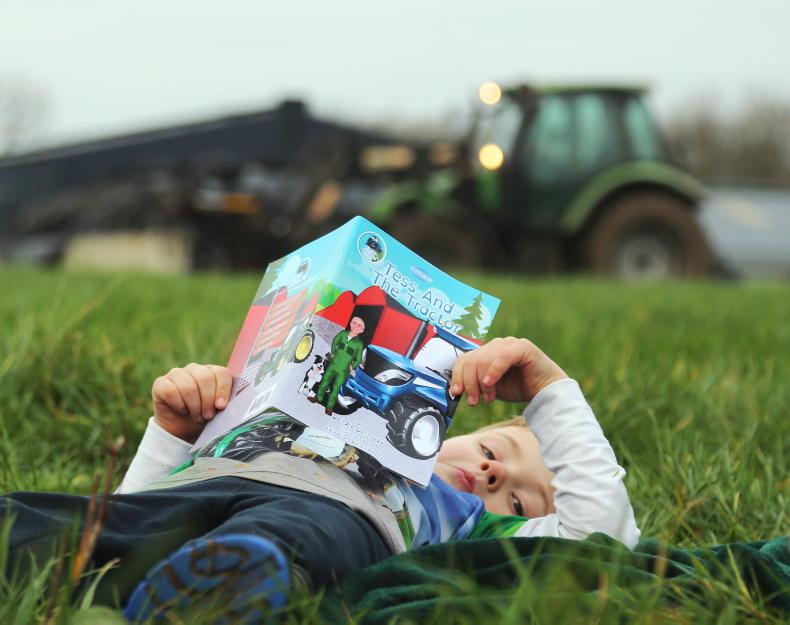


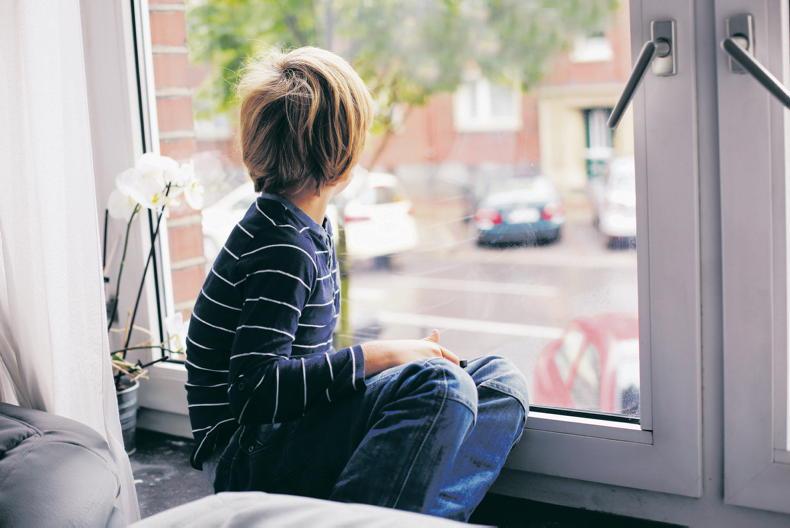
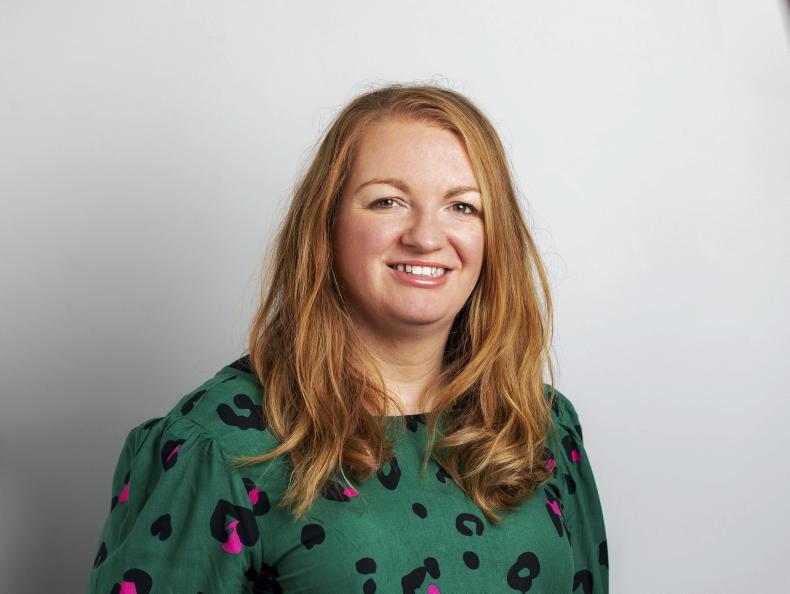
SHARING OPTIONS